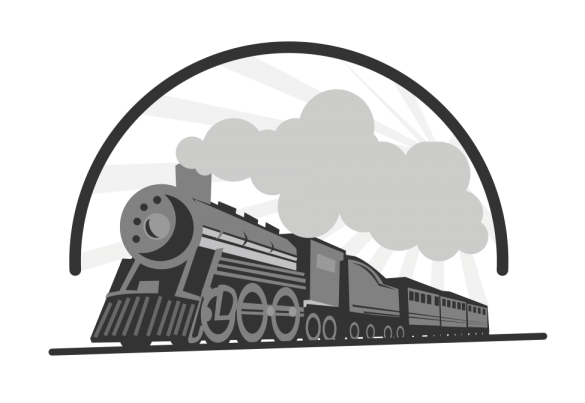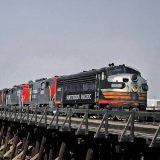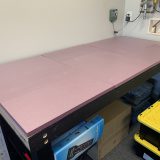Research
Unless you’re just having a “Whatever looks fun,” modeling experience, research can play a role in developing a model railroad. While many modelers have favorite roads, or parts of the country, without research, you’ll miss out on a lot!
FOR THE FALLEN FLAGS JUNCTION PROJECT, MY RESEARCH INDIRECTLY BEGAN DECADES AGO. I GREW UP WITH A LOVE FOR WESTERN RAILROADS. WHEN I DECIDED TO CREATE THE FALLEN FLAGS JUNCTION PROJECT, THAT ENTHUSIASM FOR SOUTHERN PACIFIC, SANTA FE AND OTHER ROADS OPENED A NEW WINDOW OF OPPORTUNITY.
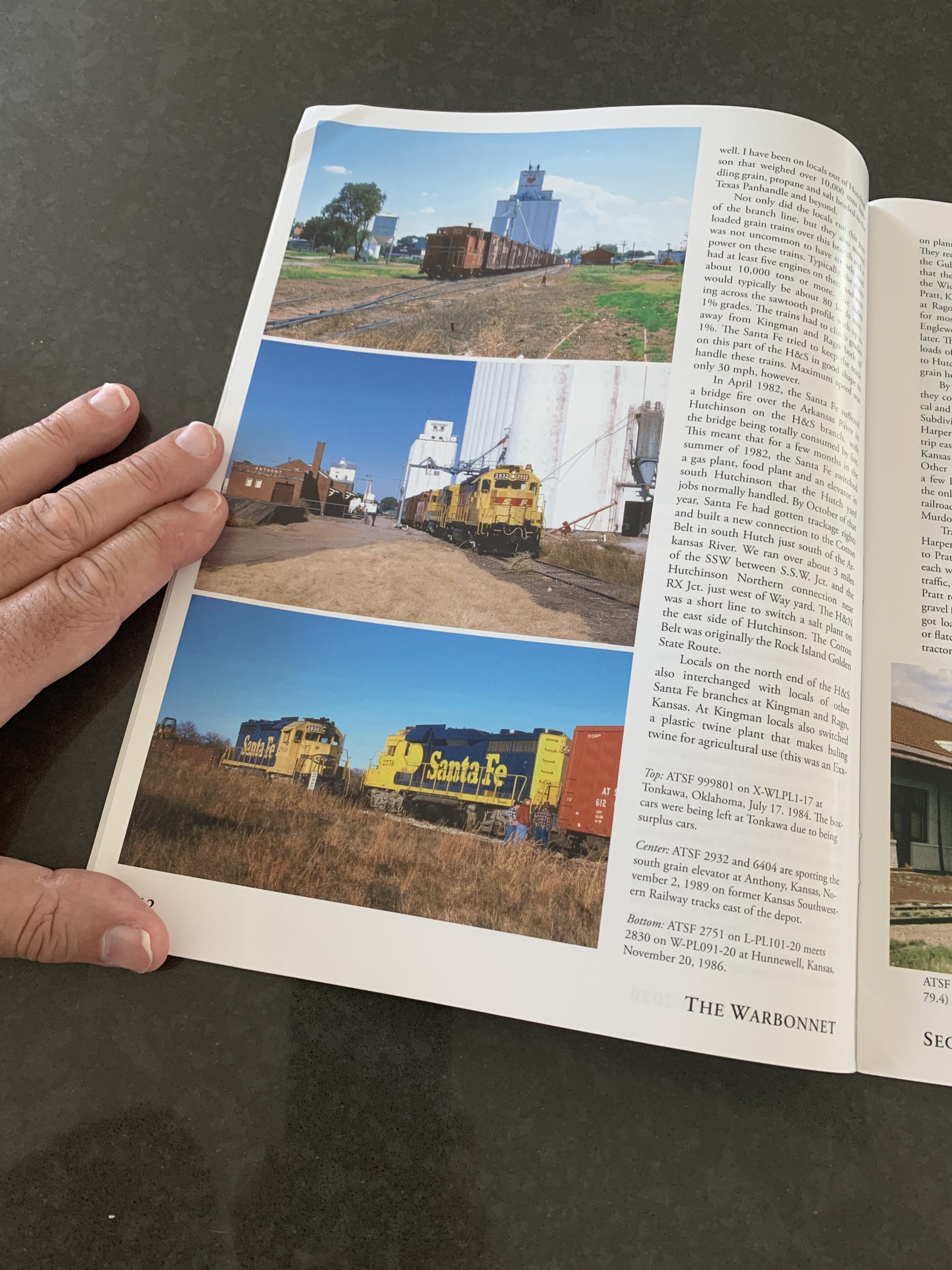
I’VE ALWAYS READ RAILROAD RELATED MAGAZINES, AND ENJOYED VARIOUS BOOKS. AT THE TIME, I WAS MORE INTERESTED IN PURE ENTERTAINMENT. FOR THE FALLEN FLAGS JUNCTION, MY OBJECTIVES CHANGED.
I’VE BEEN ASKED WHAT THE RESEARCH SHOULD INCLUDE. IS IT AS SIMPLE AS TRACKING THE “ID” OF EVERY LOCOMOTIVE A SPECIFIC RAILROAD HAS PURCHASED? IT’S ALMOST THE OPPOSITE, AS IT TURNS OUT. FOR THIS PROJECT, THE RESEARCH HAS BEEN SO MUCH FUN, AND HAS BEEN BASED ON BUILDING SOMETHING THAT PROPERLY REPRESENTS AN ERA OF RAILROADING – THE LATE 1960S AND EARLY 1970S.
Looking into how Southern Pacific freight interchanged with Burlington Northern in Oregon, or with Santa Fe in Los Angeles was a starting point. Maps and photos, combined with historical notes opened a window in time. When you start to study something as simple as the interchange/junction concept, suddenly you’re looking at vehicle types, color palettes, building styles, and advertising. If the railroad is to look even a little bit authentic, getting an understanding of what took place is an essential part of the research process.
So, where did I go for inspiration and knowledge? Historical societies have data you’re not likely to find anywhere else. There are many books published about essentially every Class 1 railroad, and many short lines as well. The internet is a terrific place to look at photographs, including not only Instagram, but Pinterest, too.
When working with photographs, there is a certain beauty in black and white photography. However, if you’re trying to determine what foliage looked like in the Sierra, or the color of ballast used for SP mainline track in Oregon, color photos are important.
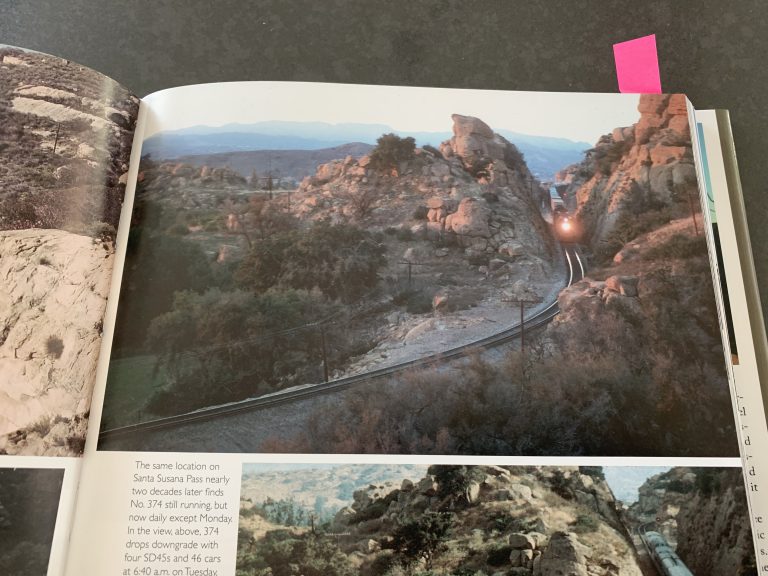
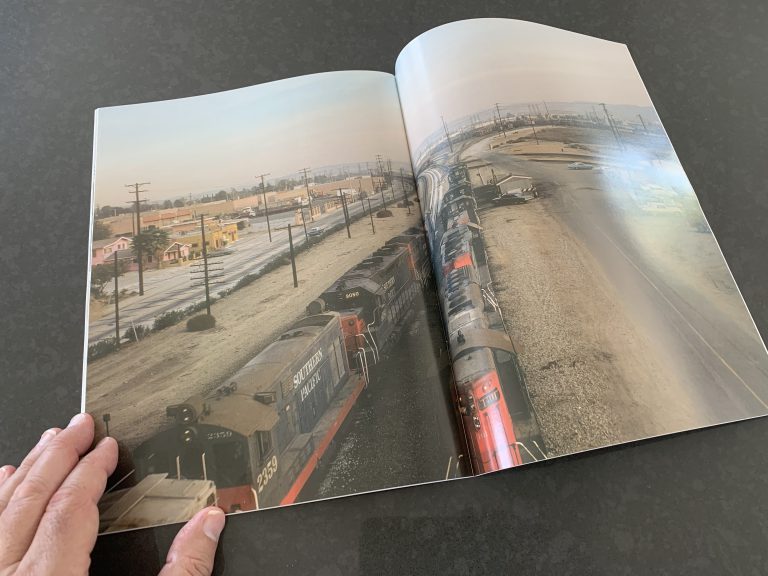
As the project progresses, I’ll bring the research completed into play. I’ll explain how a section of the layout was built, why it was done a certain way, and how you might take those factors and use them for your own model railroad. There’s no question that the research element will continue as the layout is developed.
